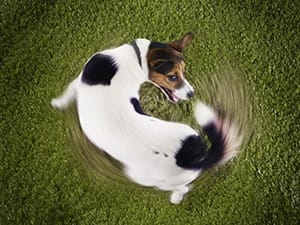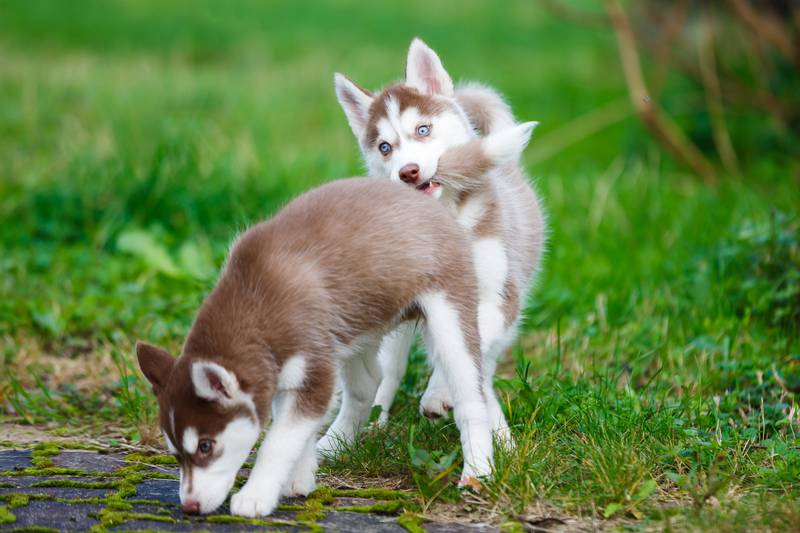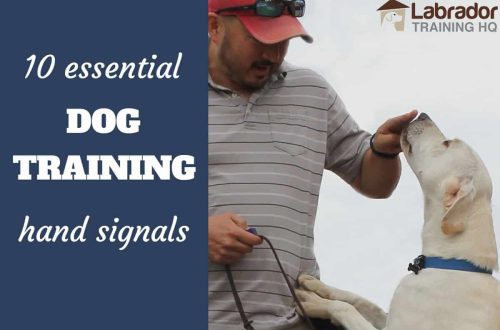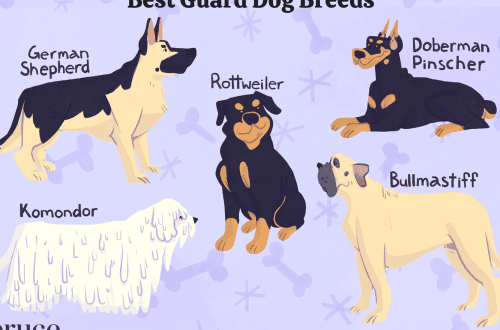
Why does a dog run after its tail?
But if your dog regularly tries to catch his tail, grab him in his arms and rush to the veterinarian, because your dog most likely has an obsessive-compulsive disorder, i.e. a mental illness.
Obsessive-compulsive disorder is a disorder characterized by a repetitive, overwhelming desire to perform certain actions, sometimes with self-harm. A dog with compulsive disorder performs one or more of the activities repeatedly, to the point that it interferes with his normal life.

Sometimes, in addition to catching the tail, the dog can simply spin in place, walk from corner to corner, gnaw or lick its paws, sides, or licking an object, catching “flies”, suffering from a perverted appetite, rhythmically barking or whining, staring at shadows.
These behaviors are commonly referred to as compulsive behaviors and are considered abnormal because they occur outside of the provoking situation and are often protracted, exaggerated, or compulsively repetitive.
In animals, compulsive behaviors are considered expressions of stress, frustration, or conflict.
It is believed that there is a genetic predisposition to develop compulsive behavior, and it is genetic characteristics that determine which form of compulsive behavior an animal develops.
Usually, tail chasing first appears in a certain conflict situation, but then it can appear in other cases in which the animal experiences fear or strong arousal. Over time, the threshold of arousal that causes compulsive behavior may decrease, and this leads to the fact that the animal makes more and more compulsive movement.
Treatment of compulsive behavior takes time and considerable attention on the part of the dog owner and does not guarantee the complete disappearance of compulsive behavior, but it can reduce its frequency, duration and intensity.
Treatment includes reducing stress stimulation, increasing environmental predictability, behavior modification, and drug therapy.
First of all, it is necessary to identify the causes of undesirable behavior and conduct classes on getting used to them, that is, to increase :
- Establish a regular daily routine;
- Conduct regular obedience classes;
- Avoid any form of punishment.
Provide the dog with regular physical activity in the form of walks and sufficient activity, preferably in the form of games using play items.
If you have to , deprive her of the opportunity to reproduce stereotypical behavior.
Engage in the formation of replacement behavior: first of all, you need to distract the dog as soon as he tries to reproduce the compulsive behavior. Command your dog to do something that is incompatible with tail chasing. Offer your dog a toy and play with your pet.
Use medications as recommended by your veterinarian.
Photo:





